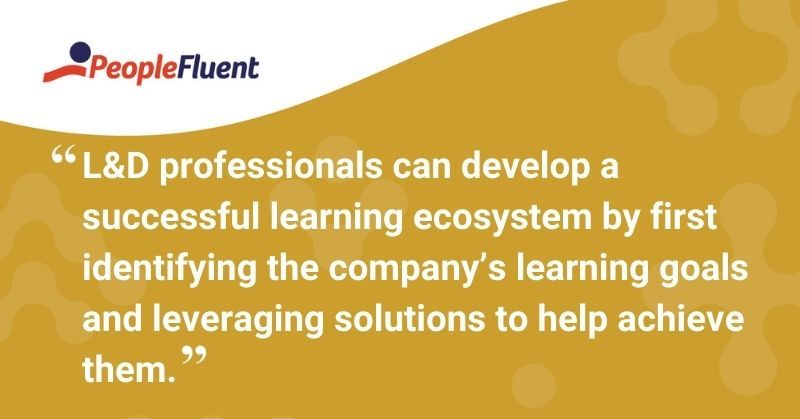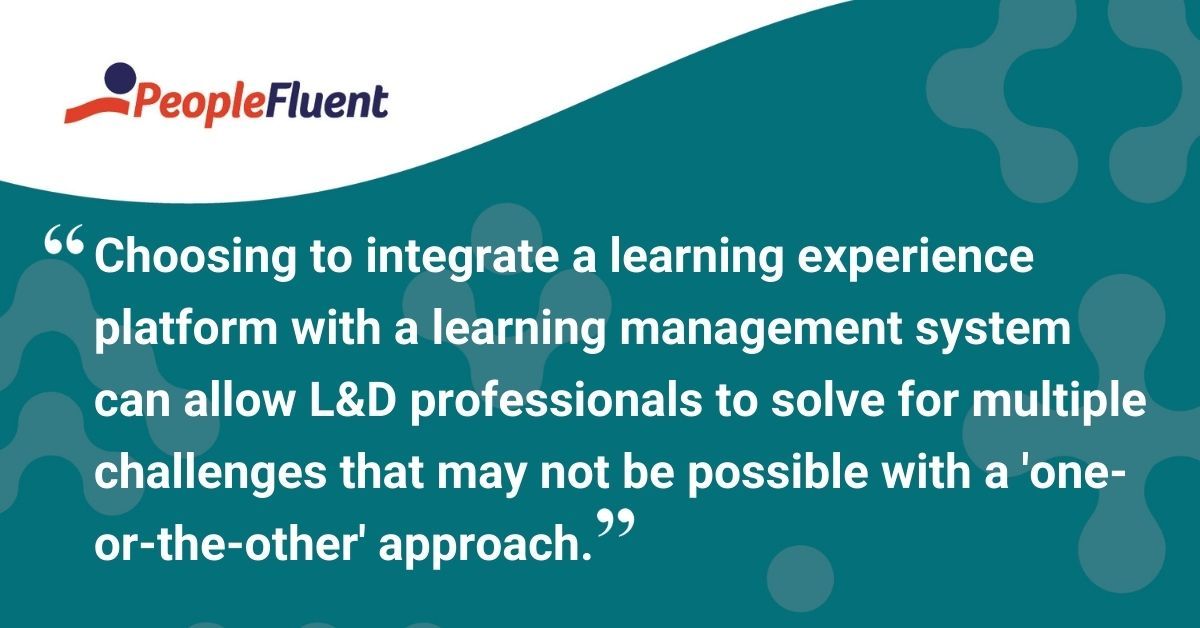Published: Oct 8, 2020Time to read: 5mins Category: Learning
What's the Difference Between an LMS and an LXP? [Buyer's Guide]
In the last three years, learning experience platforms (LXPs) have grown in popularity due to the shifts in how we live and learn. As a relatively new product, however, LXPs lack the same awareness that learning management systems have in the L&D industry. This can make it difficult for learning professionals to identify which solution to choose for their organization’s unique training goals.
Before diving into the key differences between an LXP and an LMS, and how to choose between the two, it’s important to understand each solution’s purpose. At the highest level, here’s what these learning solutions were built for:
A learning experience platform (LXP) focuses on providing a personalized learning experience by offering formal and informal learning materials that can be shared across your organization.
A learning management system (LMS) focuses on organizing, delivering, and managing learning opportunities to help simplify administrative tasks, like gathering analytics about learner progression.
But how can L&D professionals decide on the right fit to support a successful learning ecosystem that elicits a return on investment? The process starts by identifying your company’s learning goals and the anticipated challenges that could be solved with the right learning solutions.

More from the blog: ‘5 Ways a Creator-Centric Approach Prepares L&D for a Changing Role’
Which Learning Solution Do You Need?
For those wondering if you need one or the other, the answer may not be clear. In fact, learning and development professionals might prefer to leverage both an LMS and an LXP (more on that later) to ensure the organization’s training goals are attainable for all learners.
Choose an LXP…
When you need to deliver on-demand training, provide employee coaching, or house formal and informal training materials to make them easily accessible for all learners, regardless of where they are. Additional LXP features that make it a desirable choice for enterprise-level learning and development are:
- Built-in content authoring and management tools
- Mobile-friendly options that support on-the-go learning and quick refresher training
- Automated workflows based on learner progression
- Self-publishing options based on user permissions
- The ability to host multiple content types, like video presentations or curated podcasts
A learning experience platform will provide a single point of access for learners and stakeholders who want to collaborate, curate, and/or aggregate learning content in the most efficient manner possible. Finally, one of the greatest benefits of an LXP is that learners and SMEs don’t need to have experience in design or content creation to generate learning content.
Related reading: ‘3 Ways to Support Informal Learning (Even During Lockdown)’
Choose an LMS…
If your goal is to deliver and manage live, in-person training that will be instructor-led. Unlike an LXP, LMS administrators have full control over the learning content that is made available to users. A learning management system is also necessary for the following:
- Delivering mandatory training, like compliance or onboarding courses
- Scheduling, notifying, and reminding learners about required training
- Manage waitlists, room occupancy, and additional relevant resources
- Gathering analytics that can be used to customize formal training initiatives
- Creating and sending reports to comply with legal and/or regulatory requirements
An LMS is a closed system which means administrators may not be able to deliver or track informal learning, whereas an LXP provides the flexibility needed to track and evaluate additional learning initiatives across multiple channels. Because learning management systems are permission-based, any questions or comments from users must be approved by an administrator.

You might also like: ‘The 13 Must-Have Features of a Learning Management System’
What If You Need Both?
Depending on a few factors outlined below, your organization may benefit from having both an LMS and an LXP. For instance, the best learning management systems will provide compliance-based training programs that can be easily delivered and tracked. An LXP can provide learning professionals with a central location to house SME-generated content and other learning materials.
By integrating an LXP and LMS, these training initiatives can be consolidated to further engage learners and encourage them to share—or even create their own—relevant training materials.
Choosing to integrate a learning experience platform with a learning management system can also help L&D professionals:
- Produce and analyze quality activity and experience data. Connecting the data, via xAPI, through a learning analytics platform (LAP) and/or a learning record store (LRS), can be hugely beneficial, especially when viewed alongside other performance and business systems in real time.
- Link to or embed the LXP within your LMS to act as a content library, providing a larger and more diversified content library.
- Establish a structured approach to informal learning initiatives, especially crucial during periods of remote work and distance learning.
Related resource to download: ‘Our Creator-Centric Future: How to Build Effective Learning Programs in a World Where Everyone Is a Creator’
Do you need help deciding which learning solution is right for your organization? Get in touch with our sales team today.
Discover How Learning Builds Skills and Ensures Compliance
Design, deploy, track, analyze, and report on enterprise learning and compliance programs. PeopleFluent helps you execute your programs seamlessly, so employees upgrade their skills and you get results.